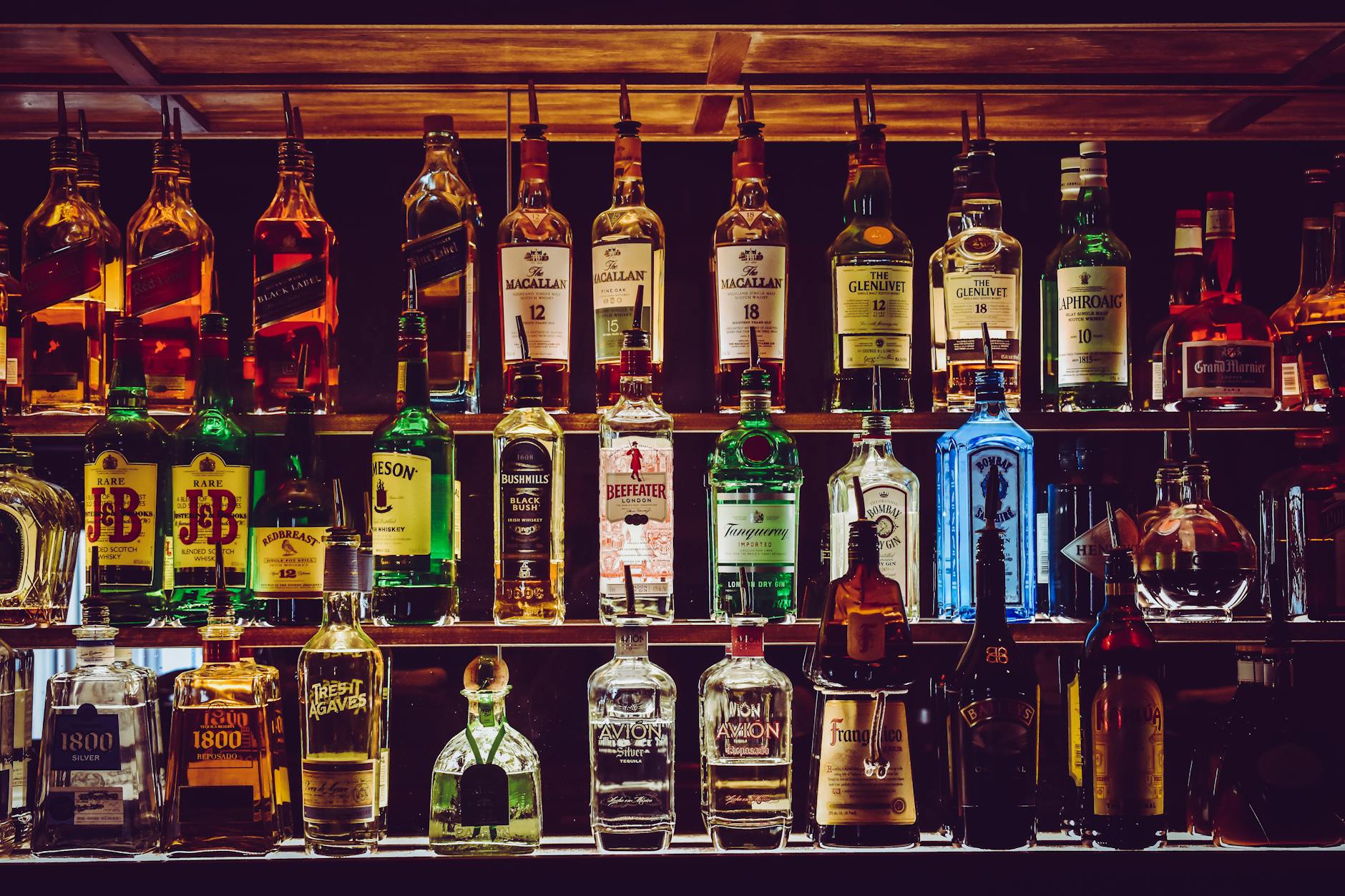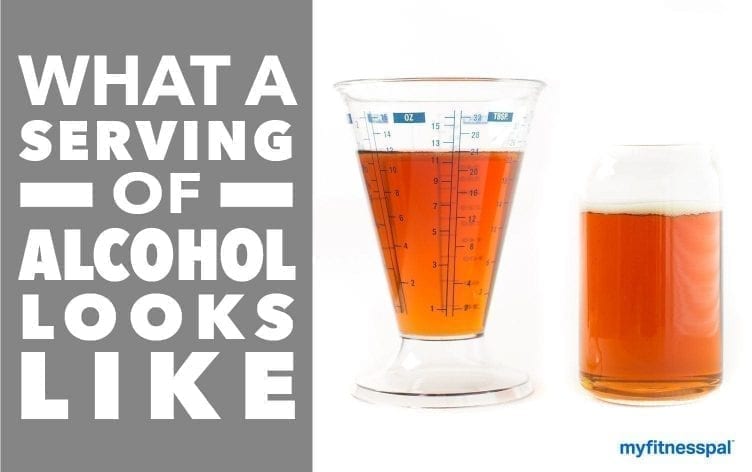Unlocking the Mystery: Discover the Surprising Equation That Determines How Many Beers It Takes to Get Intoxicated

Image courtesy of Chris F via Pexels
Table of Contents
Have you ever found yourself pondering the age-old question at a bar or party: “How many beers does it take to get drunk?” We’ve all been there, curious about the magic number that leads to a pleasant buzz without crossing the line into full-blown intoxication.
Alcohol Metabolism Explained
To understand the answer to this intriguing query, we must first delve into the world of alcohol metabolism and its impact on the intoxication process When you consume alcohol, your body undergoes a fascinating breakdown process.
Alcohol dehydrogenase (ADH), a crucial enzyme, begins its work by converting alcohol into acetaldehyde. This compound is responsible for many of the unpleasant side effects of alcohol consumption, such as hangovers and flushed faces.
Fortunately, acetaldehyde is then further broken down into harmless byproducts by another enzyme called acetaldehyde dehydrogenase (ALDH). This breakdown process allows your body to rid itself of alcohol’s effects and return to a sober state.
The Factors Influencing Intoxication
However, the number of beers it takes to become intoxicated varies from person to person due to several factors. Body weight, height, and overall health all play a role in determining an individual’s alcohol tolerance level.
It’s no secret that alcohol affects men and women differently. Women generally have a higher blood alcohol concentration (BAC) than men after consuming the same amount of alcohol. This discrepancy arises from differences in body composition, enzyme activity, and hormonal factors.
Genetics also come into play. Certain individuals possess genetic variations that influence their alcohol metabolism, making them more or less sensitive to its effects. These genetic factors can affect the activity levels of the enzymes involved in alcohol breakdown.
Individual Tolerance Levels
Your personal alcohol tolerance level is also influenced by various other factors. Regular alcohol consumption can increase your tolerance over time, requiring more drinks to achieve the same level of intoxication. This is known as functional tolerance.

Image courtesy of blog.myfitnesspal.com via Google Images
Additionally, chronic heavy drinking can lead to an acute tolerance, where an individual appears less intoxicated even with higher blood alcohol levels. This deceptive state can be dangerous, as individuals may assume they can handle more alcohol than they truly can.
Recognizing and respecting your own tolerance level is crucial to prevent alcohol-related harm. Everyone’s body reacts differently to alcohol, so it’s essential to listen to your own cues and set personal limits accordingly.
Responsible Drinking Guidelines
When it comes to alcohol consumption, responsible drinking is key to maintaining your well-being. The National Institute on Alcohol Abuse and Alcoholism provides the following guidelines for moderate drinking:
- For men: Up to two standard drinks per day
- For women: Up to one standard drink per day
Of course, these guidelines are approximate and should be adjusted according to your individual tolerance and health condition. It’s crucial to know your limits and recognize when it’s time to stop.
Staying safe in social settings also requires awareness. Watch out for signs of alcohol intoxication such as slurred speech, impaired coordination, or changes in behavior. It’s essential to keep an eye on your friends as well and intervene if necessary.
Conclusion
So, how many beers does it take to get drunk? The answer is not a simple one. It depends on a variety of factors, including alcohol metabolism, individual tolerance levels, and other influential factors.
Understanding the science behind alcohol intoxication allows us to make informed decisions about our own alcohol consumption. By recognizing our limits, practicing responsible drinking, and prioritizing our own well-being and safety, we can enjoy a couple of drinks without going overboard.
Remember, there is no universal magic number of beers that applies to every individual. It’s a personal journey that requires self-awareness, moderation, and responsible decision-making. Cheers to enjoying alcohol in a way that promotes a positive and safe experience for all!
FAQ
Question 1:
How long does it take for the body to metabolize one standard drink?
Answer 1:
On average, it takes about one hour for the body to metabolize one standard drink. However, this can vary based on factors such as body weight, metabolism rate, and individual tolerance levels.
Question 2:
Does the type of alcohol consumed affect intoxication levels?
Answer 2:
No, the type of alcohol does not significantly impact intoxication levels. The alcohol content is the primary factor. However, different types of alcoholic beverages may be consumed at different rates, which can affect the rate of intoxication.
Question 3:
Can drinking coffee or water help sober up faster?
Answer 3:
No, drinking coffee or water cannot speed up the metabolism of alcohol or sober you up faster. Only time can allow your body to process and eliminate alcohol. Hydrating with water and consuming caffeine can help with alertness, but they do not affect the rate of alcohol metabolism.
Question 4:
Is it safe to rely on online calculators to determine blood alcohol concentration (BAC)?
Answer 4:
Online calculators can provide rough estimates of BAC based on inputs such as gender, weight, and alcohol consumed. However, they may not be completely accurate, as they do not account for individual variations. It is best to use these calculators as a general guideline and rely on personal judgment and responsible drinking practices.
Powered by Texta.ai Blog Automation
Leave a Reply